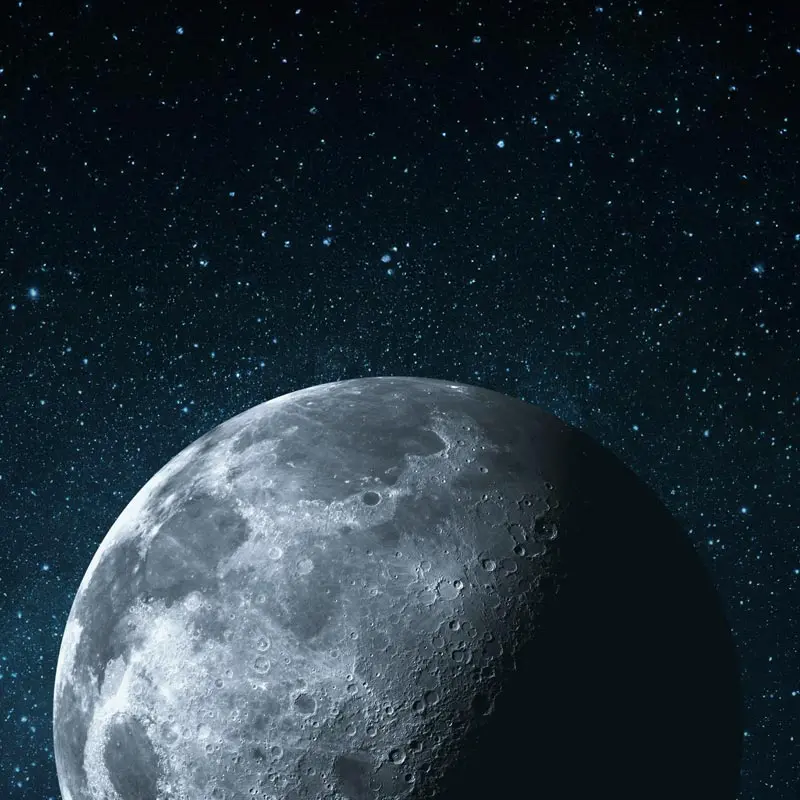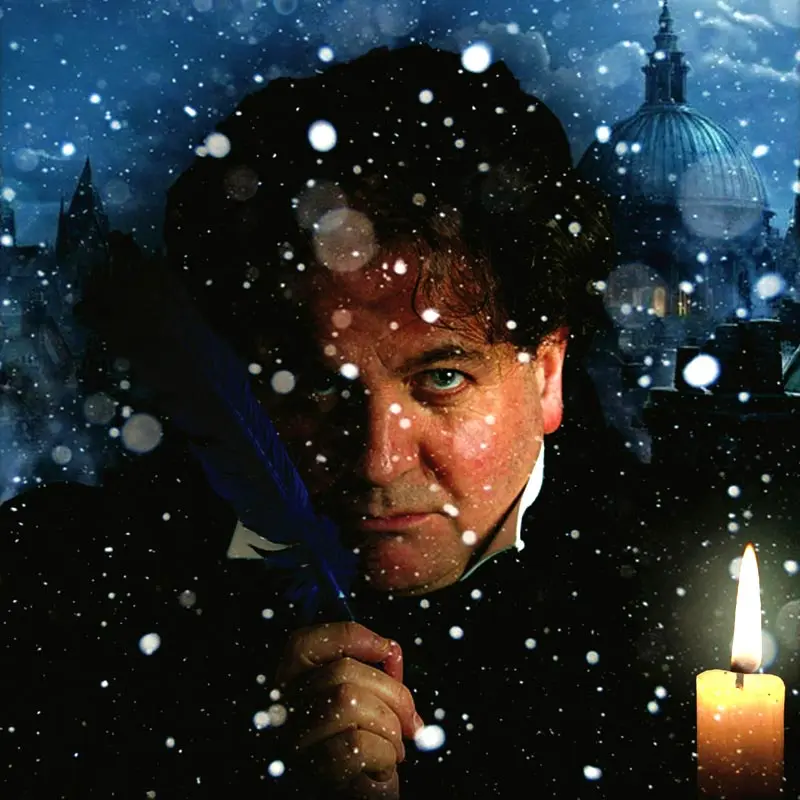
Museum of the Moon
Enjoyed by more than 20m visitors around the world, Luke Jerram's Museum of the Moon has arrived at Blackburn Cathedral.
Here's everything you need to know about visiting the Museum of The Moon at Blackburn Cathedral this November and learn about all the different things happening around the installation of this incredible artwork.
The Moon is at Blackburn Cathedral until 1st December.
Throughout the exhibition there is no charge for daytime entry to the Cathedral, although a suggested donation of £3-£5 per person is encouraged which will go towards the cost of hosting the event and the upkeep of Blackburn Cathedral, helping us stage more events like this and keeping our doors open for all.
Due to large numbers of visitors, if you plan to bring a group of 10+ people to view the Moon, please contact us in advance to ensure that we have the capacity to facilitate your visit.

Daytime viewing
The Cathedral is open from 8.30am until 5pm most days throughout November (some entry restrictions may apply on certain days). There is no charge for daytime entry and we look forward to welcoming you to Blackburn Cathedral.
Visit during the day

Evening viewing
For a truly unique experience, why not book to visit in the evening when the artwork truly comes into its own? The Cathedral remains open late on selected evenings during the exhibition providing an incredible opportunity to enjoy the glow of the Moon after dark.
Book evening viewing tickets

Moon events calendar
See the full calendar of events taking place under the Moon and join in this once in a lifetime opportunity to be a part of something truly unique.
See the Moon events calendar

Moon photography exhibition
To coincide with the installation of the Museum of the Moon, Blackburn Cathedral held a nationwide Moon Photography Competition and the winners and shortlisted entries are now on display in a special exhibition.
There is no charge to visit the exhibition and it is open whenever the Cathedral is open and all are warmly invited to visit.
Please note that visitor restrictions may apply on certain days. For details of temporary closures or alterations to our standard pattern of opening and service times, please see the Moon daily schedule.
Book Remaining Event Tickets:
About the Museum of The Moon

Museum of the Moon is a touring artwork by UK artist Luke Jerram. Measuring seven metres in diameter, the moon features 120dpi detailed NASA imagery of the lunar surface. At an approximate scale of 1:500,000, each centimetre of the internally lit spherical sculpture represents 5km of the moon’s surface.
Over its lifetime, the Museum of the Moon will be presented in a number of different ways both indoors and outdoors,so altering the experience and interpretation of the artwork. As it travels from place to place, it will gather new musical compositions and an ongoing collection of personal responses, stories and mythologies, as well as highlighting the latest moon science.
The installation is a fusion of lunar imagery, moonlight and surround sound composition created by BAFTA and Ivor Novello award winning composer Dan Jones. Each venue also programmes their own series of lunar inspired events beneath the moon.
Luke Jerram’s multidisciplinary practice involves the creation of sculptures, installations and live arts projects. Living in the UK but working internationally since 1997, Jerram has created a number of extraordinary art projects which have excited and inspired people around the globe. Jerram has a set of different narratives that make up his practice which are developing in parallel with one another. He is known worldwide for his large-scale public artworks.
Museum of the Moon has been co-commissioned by a number of creative organisations brought together by Luke Jerram and Norfolk & Norwich Festival. These include:
Greenwich+Docklands International Festival, Brighton Festival, Without Walls, Lakes Alive, Provincial Domain Dommelhof, Cork Midsummer Festival, We The Curious, Kimmel Center and Les Tombées de la Nuit. The artwork has also been created in partnership with the UK Space Agency, University of Bristol and The Association for Science and Discovery Centres.




